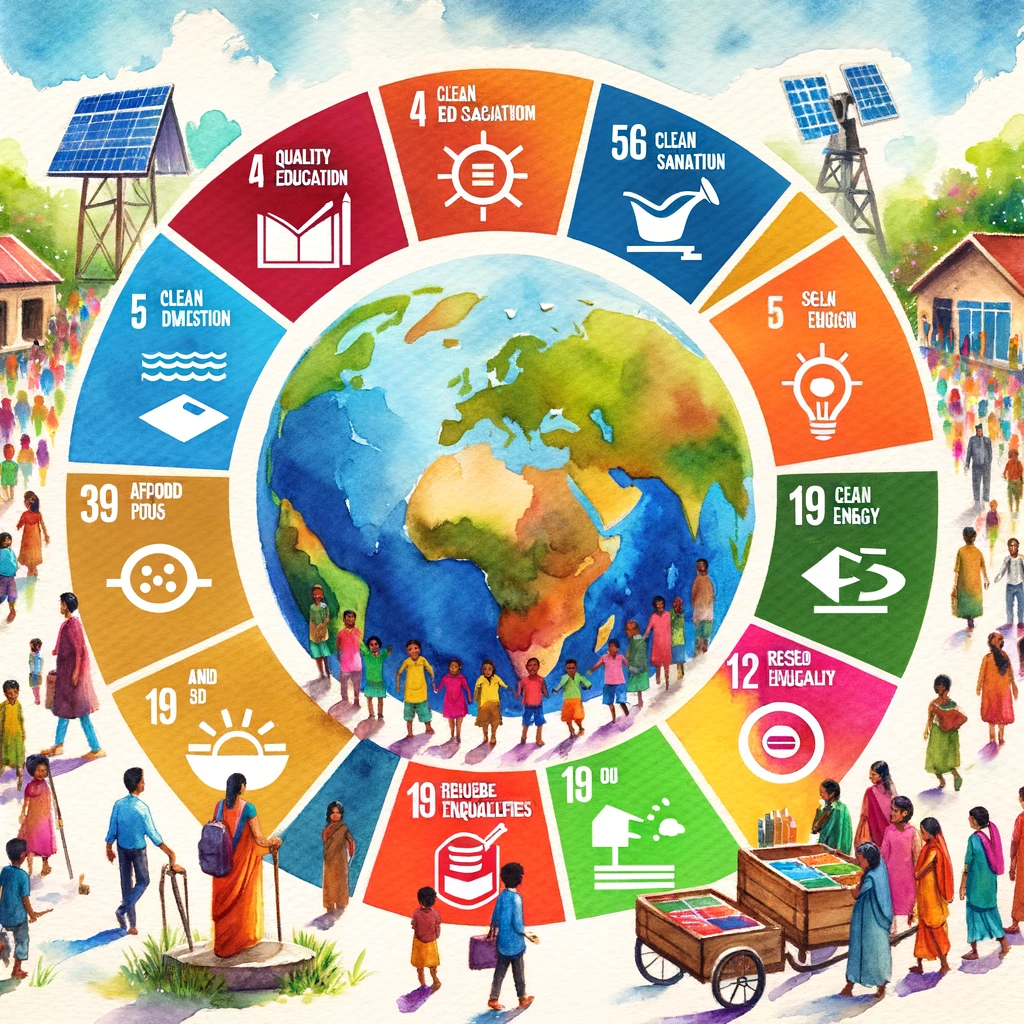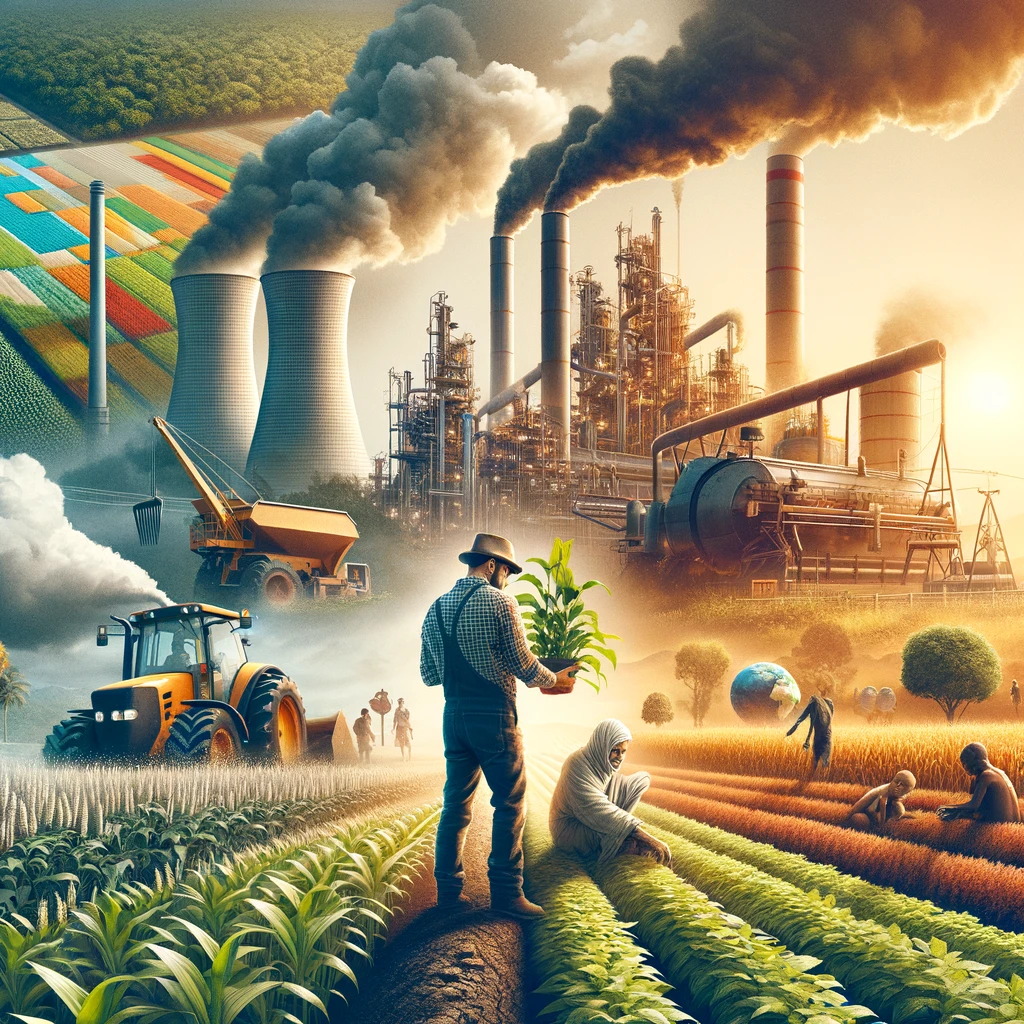Green Revolution and its Impact on Indian Agriculture
Overview of the Green Revolution in India
The Green Revolution in India was a significant transformation in the country’s agricultural sector, initiated in the 1960s. It aimed to enhance food production and alleviate hunger through the introduction of advanced agricultural techniques. Spearheaded by Dr. M.S. Swaminathan and supported by the Indian government and international agencies like the Rockefeller Foundation and the Ford Foundation, the Green Revolution marked a departure from traditional farming methods.
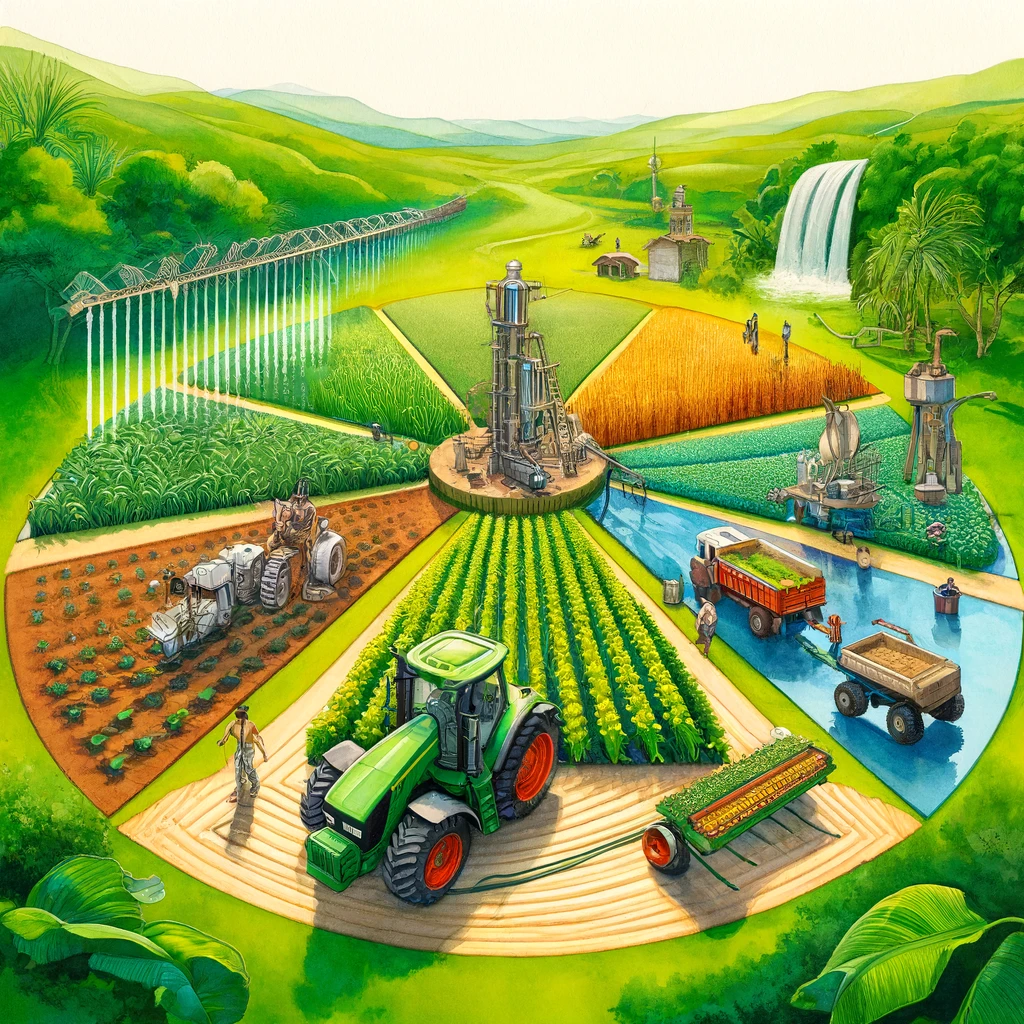
Key Components and Strategies of the Green Revolution
The Green Revolution involved several key components and strategies:
- High-Yielding Varieties (HYVs) of Seeds: Introduction of HYVs of wheat and rice, which were more productive compared to traditional seeds.
- Chemical Fertilizers and Pesticides: Extensive use of chemical fertilizers and pesticides to enhance crop growth and protect against pests.
- Irrigation: Development and expansion of irrigation infrastructure to ensure a reliable water supply.
- Modern Agricultural Techniques: Adoption of modern farming practices, including the use of tractors, harvesters, and other machinery.
- Government Support: Policies and financial support from the government, including subsidies for fertilizers, improved seeds, and electricity for irrigation.
Impact on Agricultural Productivity and Food Security
The Green Revolution had a profound impact on agricultural productivity and food security in India:
- Increase in Crop Yields: Significant increase in the production of staple crops like wheat and rice. Wheat production increased from 10 million tons in the 1960s to 74 million tons in the 1990s.
- Food Security: India transitioned from a food-deficit country to a food-surplus nation, reducing dependency on food imports and enhancing food security.
- Economic Growth: Agricultural productivity contributed to overall economic growth and stability.
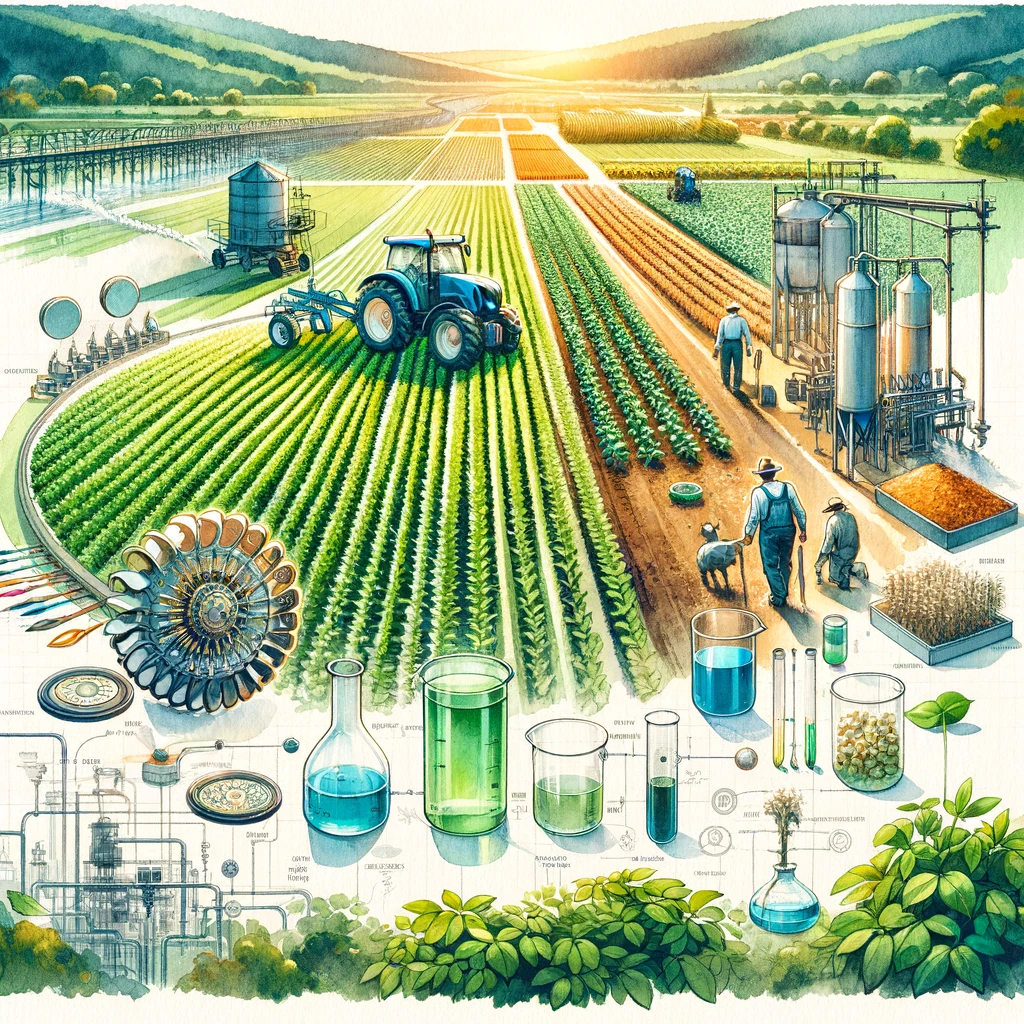
Socio-Economic Consequences, Including Regional Disparities
While the Green Revolution brought numerous benefits, it also had socio-economic consequences:
- Regional Disparities: The benefits of the Green Revolution were unevenly distributed, with regions like Punjab, Haryana, and Western Uttar Pradesh reaping more benefits due to better infrastructure and resources. This led to regional disparities in agricultural development.
- Income Inequality: Large farmers with access to capital and resources benefited more compared to small and marginal farmers, exacerbating income inequality.
- Social Changes: The increased income for some farmers led to improved living standards, education, and health, but also social tensions and migration from rural to urban areas.
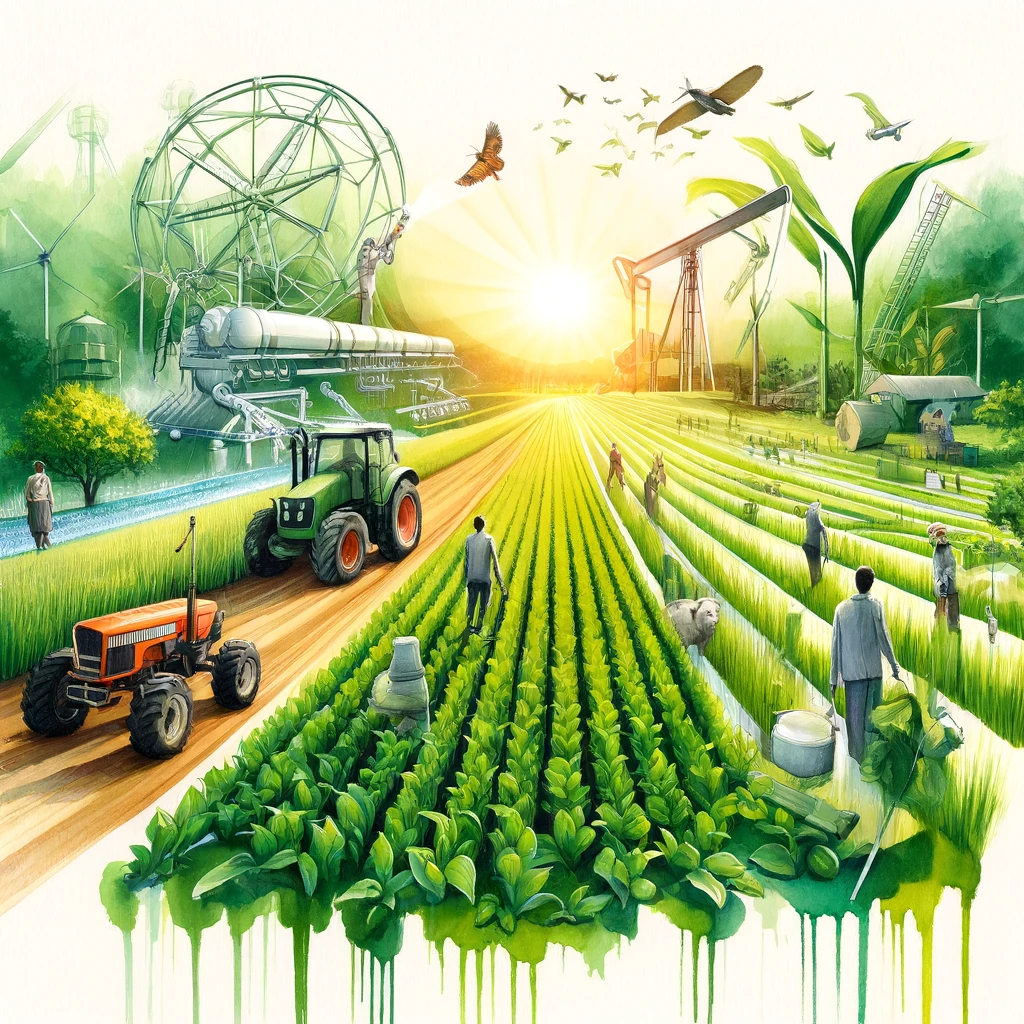
Environmental Impact
The Green Revolution also had significant environmental impacts:
- Soil Degradation: Excessive use of chemical fertilizers and pesticides led to soil degradation and loss of fertility.
- Water Depletion: Over-reliance on irrigation resulted in the depletion of groundwater levels.
- Loss of Biodiversity: Monoculture practices reduced agricultural biodiversity.
Current Relevance and Future Challenges
The Green Revolution remains relevant today, but it faces several challenges:
- Sustainability: Ensuring sustainable agricultural practices that balance productivity with environmental conservation is crucial.
- Climate Change: Adapting to climate change and its impact on agriculture requires innovative solutions and resilient farming practices.
- Inclusive Growth: Addressing regional disparities and ensuring that small and marginal farmers benefit from agricultural advancements.
- Technological Advancements: Incorporating modern technologies such as precision farming, biotechnology, and digital agriculture to enhance productivity and sustainability.
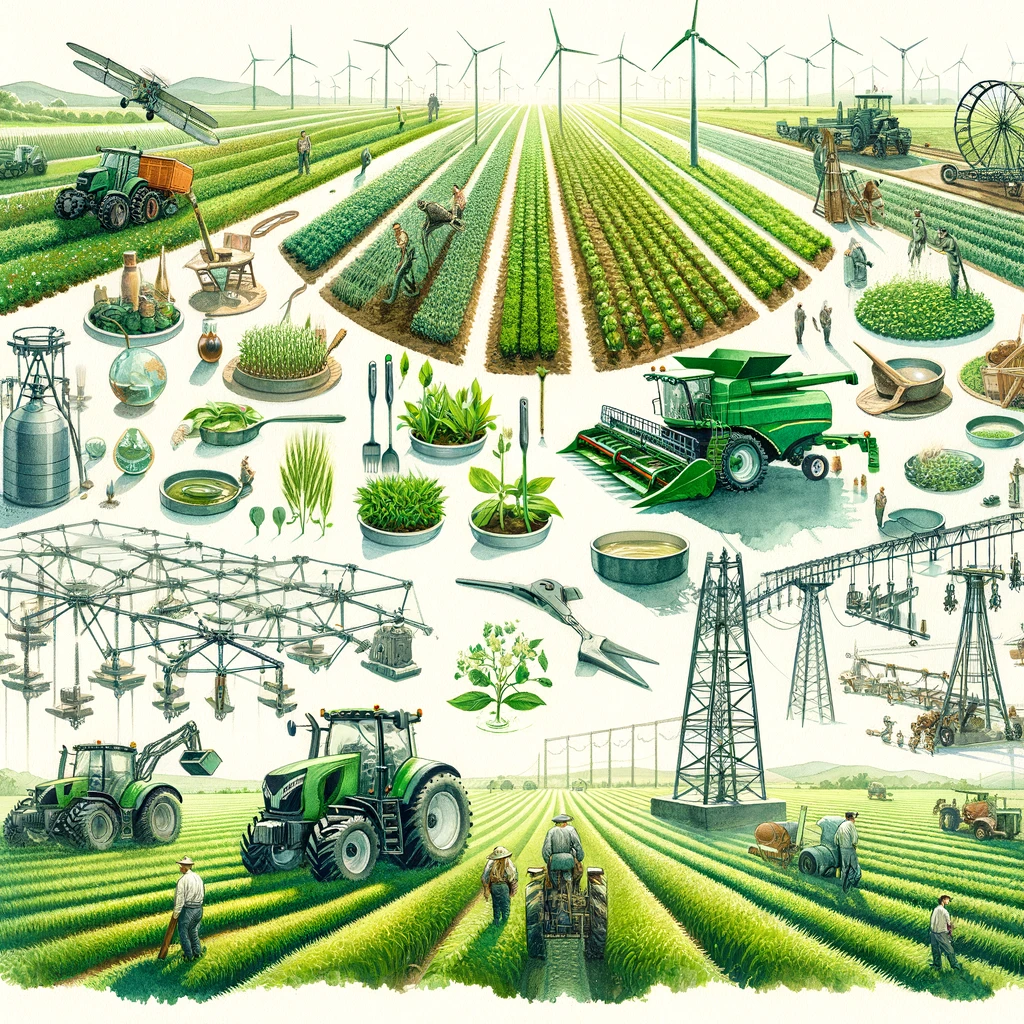
In conclusion, the Green Revolution was a landmark event in India’s agricultural history, bringing significant improvements in food production and security. However, it also highlighted the need for balanced development and sustainable practices to ensure long-term agricultural and socio-economic stability.

